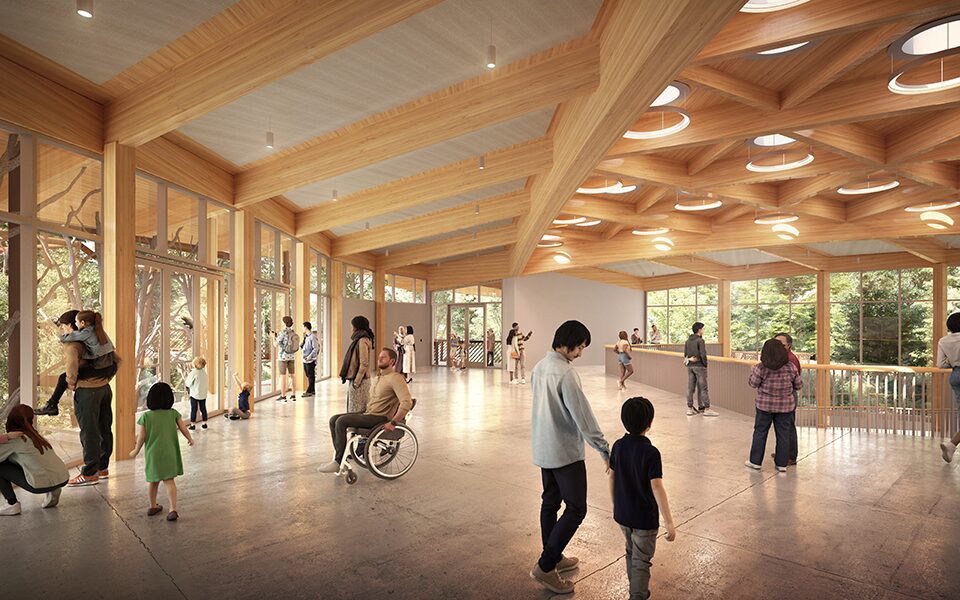Last month, Lund Opsahl Engineers’ Kevin Aguilar and Keva Rollins attended the 2024 International Mass Timber Conference in Portland, Oregon. They joined over 2700 professionals, including developers, designers, builders, suppliers, and other industry stakeholders, in this multi-day event exploring various aspects of the sustainable building framework.

The conference provided an excellent opportunity to foster community, glean insights from technical presentations, and discover the latest developments in mass timber products, ranging from CLT to MPP and innovative mass timber fasteners. One highlight in the exhibition hall was Frere Engineered Wood’s Mass Plywood Panel (MPP) stair structure, which was a familiar sight to the team. MPP plays a crucial role in the design of the Woodland Park Zoo Forest Trailhead project.

Woodland Park Zoo Forest Trailhead
Seattle, WA
The Forest Trailhead is a new 27,500 SF exhibit that offers visitors an immersive conservation-focused experience. Designed with a focus on sustainability, the pavilion will be constructed with locally sourced Mass Plywood Panels (MPP).
Throughout the event, discussion panels outlined the sustainable and time-saving advantages of mass timber, supported by the latest case studies and insights. On the seismic innovation front, stakeholders anticipate the addition of post-tensioned mass timber rocking walls as a lateral system to ASCE 7-28. Additionally, several life cycle analysis studies demonstrated that mass timber buildings are more environmentally friendly and quicker to construct compared to steel and concrete alternatives. Researchers are also examining end-of-life options for mass timber buildings, including repurposing materials in new constructions or recycling them into particleboard.
One panel, “Contingency Planning: Preparing for Unknowns,” discussed strategies to prevent value engineering mass timber out of a project. Industry experts recounted lessons learned and efficiencies discovered as early adopters, emphasizing tactics like implementing hybrid structural systems that integrate steel and concrete, optimizing mass timber for specific program needs, and achieving cost savings by prioritizing off-site assembly of materials.
Driving Connection
Beyond the exhibit halls, the team forged connections with experts and stakeholders. Keva attended the “Women In Timber Power Hour”, a networking break sponsored by the Sustainable Forestry Initiative, which was both insightful and empowering.
The conference buzzed with hot topics, and presentations by trailblazing experts and projects illuminated the mass timber’s path forward. The event laid a strong foundation for building community across design, manufacturing, and a shared love of craft. Although still in its early stages of adoption, the future of mass timber is inspired and expansive, with new faces emerging and a multitude of questions driving further innovation.

